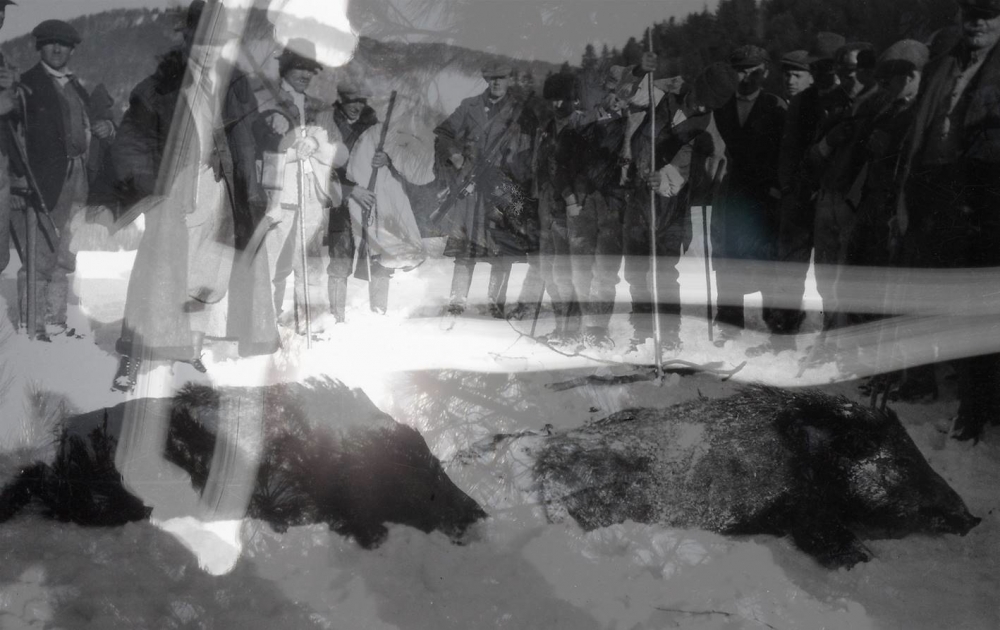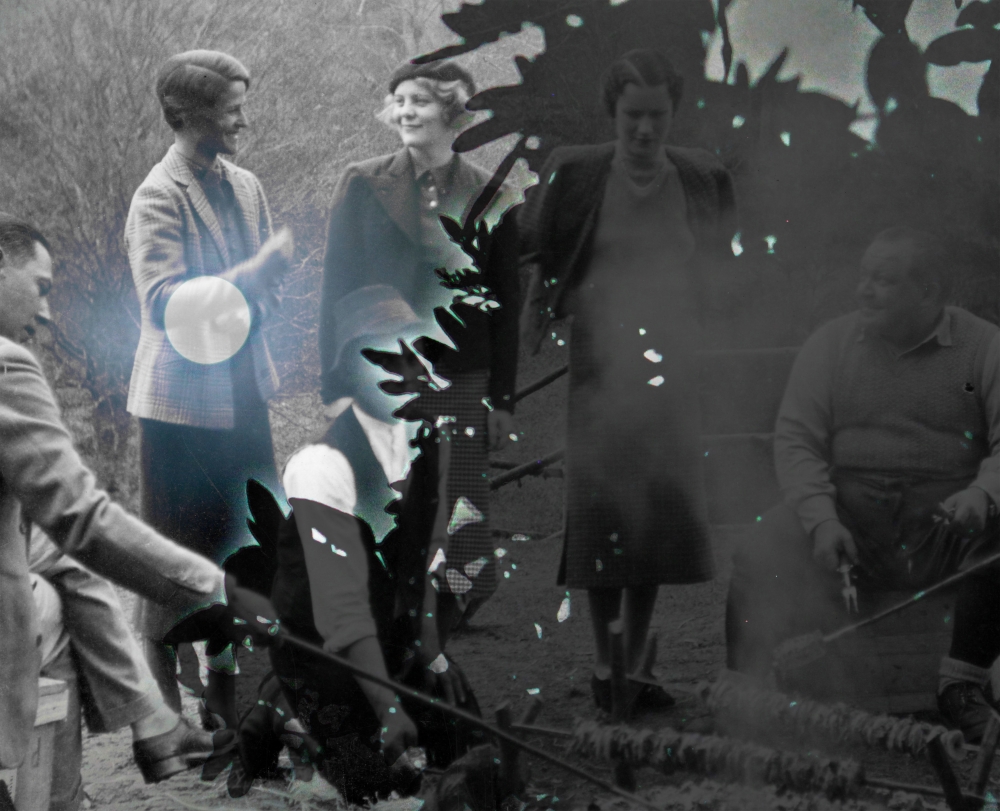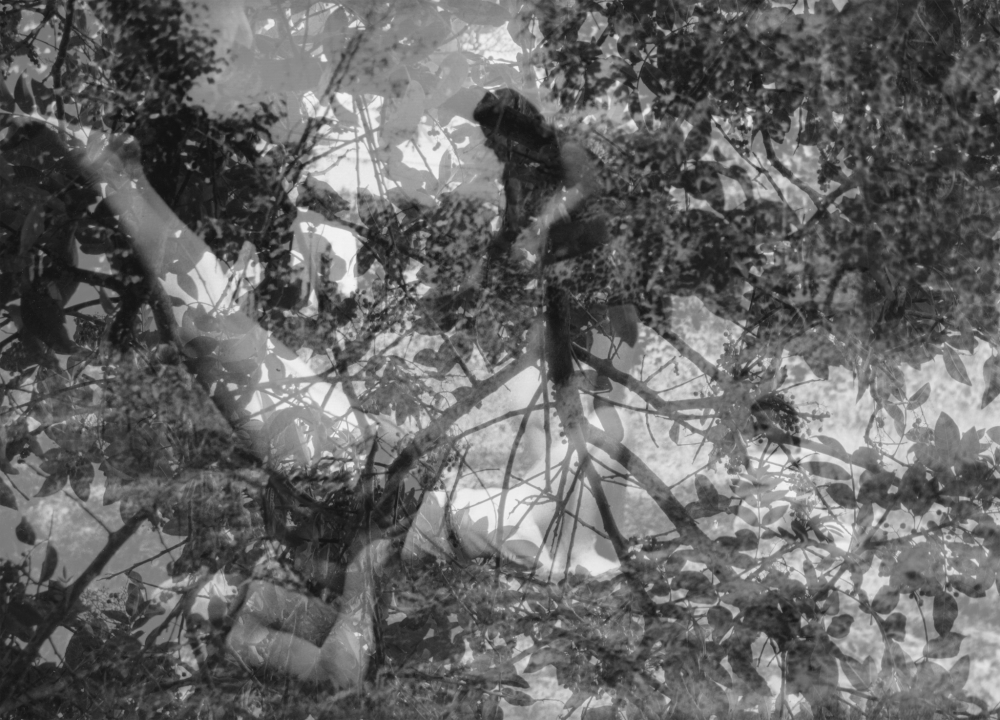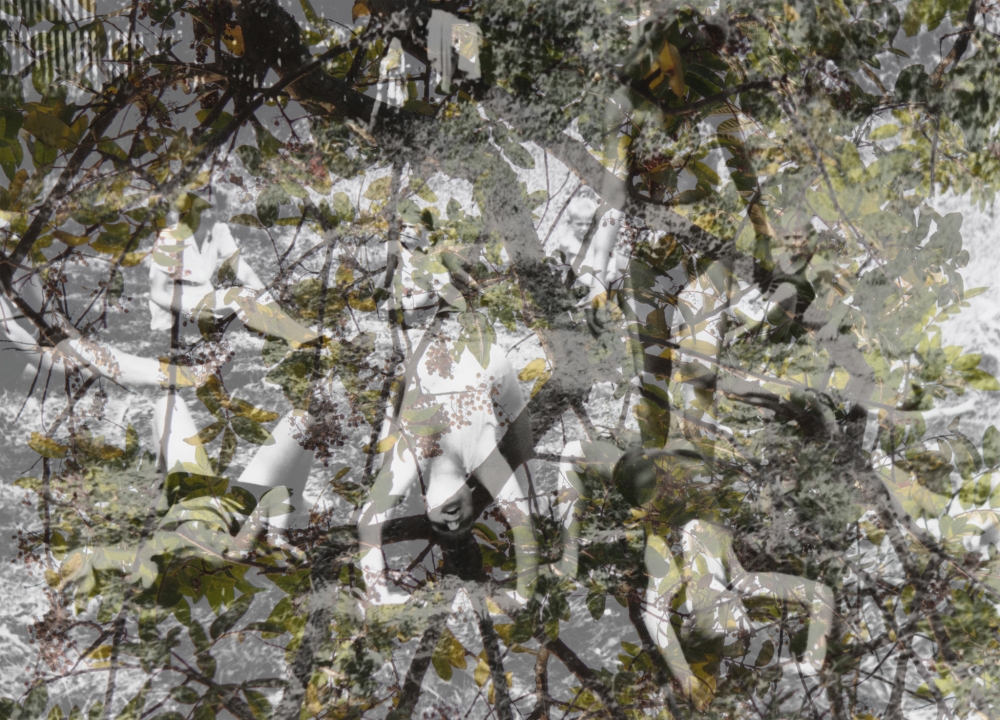‘Day & Night’





New media pioneer and UC Santa Barbara faculty member George Legrady is best known for his complex time-based cybernetic works and experimental forays into interactive digital media. His arts-based research and experimental projects focus on data visualization, computational photography and interactive installation.
Chair of the Media Arts and Technology doctoral program and a professor in the campus’s Department of Art, Legrady will show his work in a solo exhibition at Edward Cella Art & Architecture in Los Angeles. “Day & Night,” which opens Saturday, Dec. 12, features two new series of large images that juxtapose historical photographs from a personal family archive with landscape photos taken today.
Legrady uses a lenticular imaging process that splices multiple images into a single, shifting kinetic frame. As viewers shift their positions, they can see the images transition from past to present. According to Legrady, the project is an exploration of the mystery of how photographs tell stories: descriptively inadequate but nonetheless convincing visual records of events that acquire a recognizable cultural patina over time, which in itself adds another layer of meaning to the depicted events.
“Part of the project involves the implicit excavation and unraveling of personal family histories,” Legrady said. “I was curious to make sense of what the depicted events were about through the process of reworking them.”
The first series, “Transylvania,” consists of photographs taken in the late 1930s. The images show a small party of weekenders in the mountainous region of Romania, east of Hungary where Legrady was born, and depict a leisure class informally lingering with peasants at a cookout and wild boar hunt. The historical sequence is juxtaposed with contemporary photographs of a full moon, which creates an eerie and unsettling disjuncture that suggests the occult or preternatural.
“Frolic” is based on family images from the early 1940s that show young women and children frolicking in a resort village north of Budapest. The historical shots are superimposed with contemporary images of foliage and trees, which evoke the bucolic and idyllic tradition of landscape photography.
Legrady explained that his interest in working with these images is driven by his research in translating human perceptions of images into rules that a computer can follow. This new work examines how to quantize complex affective messages — such as those generated by the age of an image — that every human instantly recognizes.
The exhibit also includes a two-screen animation, “Amorphic Fluid,” that simulates photographs floating randomly in virtual space. Triggered by a sensor that detects the presence and movement of the nearby viewer, the configuration of the images is continuously disrupted based on rules of physics.
“I staged the visual shuffling and overlap of photographs in simulated space to explore a new convention by which to view a sequence of images,” Legrady said.
Legrady’s work has been exhibited extensively internationally and in the United States. His pieces have been acquired by the San Francisco Museum of Modern Art, the Los Angeles County Museum of Art, the Whitney Museum of American Art in New York, the National Gallery of Canada in Ottawa and the Pro Ahlers Arte Foundation in Germany.
Legrady is the recipient of numerous awards, including a Robert W. Deutsch Foundation Fellowship and two National Science Foundation research grants, which are rarely awarded to visual artists.
The exhibition continues through Jan. 23 at Edward Cella Art & Architecture, 2754 S. La Cienega Blvd., Los Angeles.



